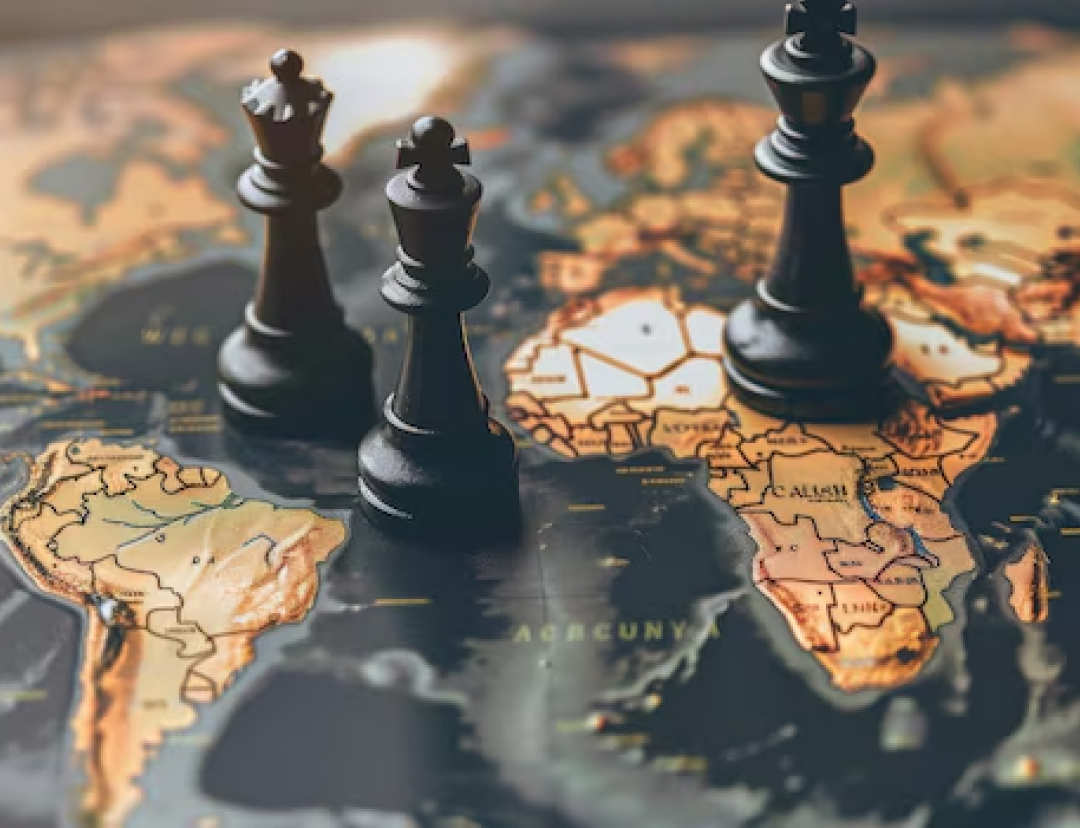Eighty years ago, a flash of light illuminated the skies over Hiroshima, Japan, marking a pivotal moment in world history. Three days later, a second explosion occurred in Nagasaki. These events ushered in the nuclear age, which has since raised concerns about the potential for future nuclear conflict.
The bombings in 1945 resulted in the immediate deaths of tens of thousands of Japanese citizens. The devastation led the Japanese government to recognize the futility of continuing hostilities against the United States, ultimately bringing an end to World War II in the Pacific. In the aftermath, experts speculated about the implications of nuclear weapons, predicting that their proliferation would increase the likelihood of their use, whether by accident or intention.
Over the next two decades, nuclear weapons did proliferate. All five permanent members of the United Nations Security Council developed nuclear arsenals shortly after the war. The Soviet Union became the second nation to acquire nuclear capabilities in 1949, followed by the United Kingdom in 1952, France in 1960, and China in 1964. By the late 1960s, both the United States and the Soviet Union had amassed thousands of nuclear weapons, leading to the strategy of mutually assured destruction (MAD). This doctrine posited that any nuclear attack would result in devastating retaliation, ensuring total destruction for both sides.
In 1968, the international community established the Non-Proliferation Treaty (NPT), a significant step toward controlling nuclear arms. Non-nuclear states that joined the treaty agreed not to develop nuclear weapons, while the five recognized nuclear powers committed to pursuing disarmament. Most countries eventually signed the treaty, although some notable exceptions remained, including South Africa, Ukraine, North Korea, Israel, Pakistan, and India.
The NPT's establishment did not prevent a second wave of proliferation among smaller nations seeking security against perceived threats. Israel is believed to have developed nuclear capabilities in the late 1960s, although it has never confirmed this. India conducted its first nuclear test in 1974, followed by Pakistan in 1998 and North Korea in 2006. Today, there are nine recognized nuclear-armed states, a number that, while less than initially feared, still poses a significant global threat.
Since 1945, the world has avoided the use of nuclear weapons, a feat attributed to a combination of luck and diplomatic efforts. However, the risk of nuclear conflict remains, as evidenced by the near-miss during the 1962 Cuban Missile Crisis and numerous unpublicized incidents that nearly led to disaster.
Concerns about the NPT's effectiveness have grown, particularly as some member states have attempted to develop nuclear weapons. Iraq, Libya, and Syria are notable examples, but current attention is focused on Iran. While Iran claims it has never pursued a nuclear weapons program, many experts disagree. Following military strikes by Israel and the U.S. in June, the international community is closely monitoring Iran's intentions. Will Iran attempt a nuclear breakout, or will it abandon its ambitions due to the associated costs?
The outcome of Iran's decisions could influence other nations, including Saudi Arabia, Egypt, Japan, and South Korea, which may consider pursuing their own nuclear capabilities. As the world reflects on the legacy of Hiroshima, the threat of nuclear weapons remains a pressing concern. The challenge continues to be preventing their use in a world where military conflict persists and remains a common method for resolving disputes.

 Canada News
Canada News

 Associated Press US and World News Video
Associated Press US and World News Video Associated Press Top News
Associated Press Top News Bolavip Football
Bolavip Football